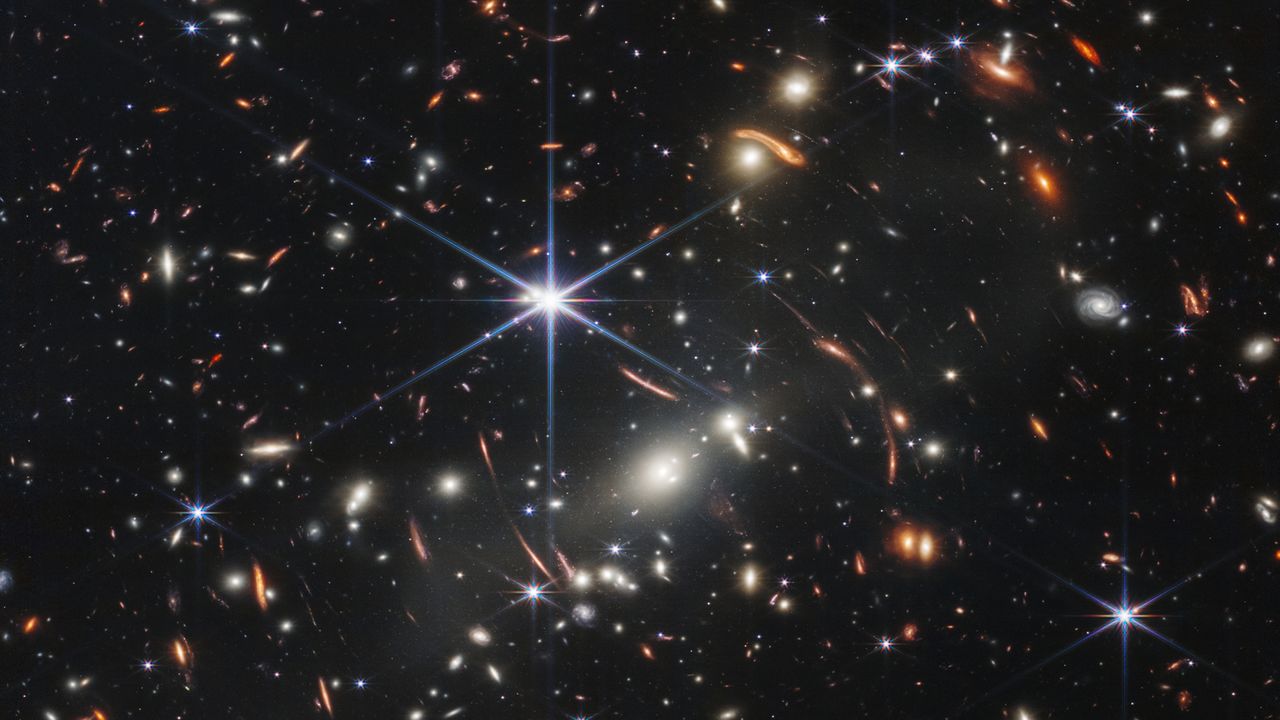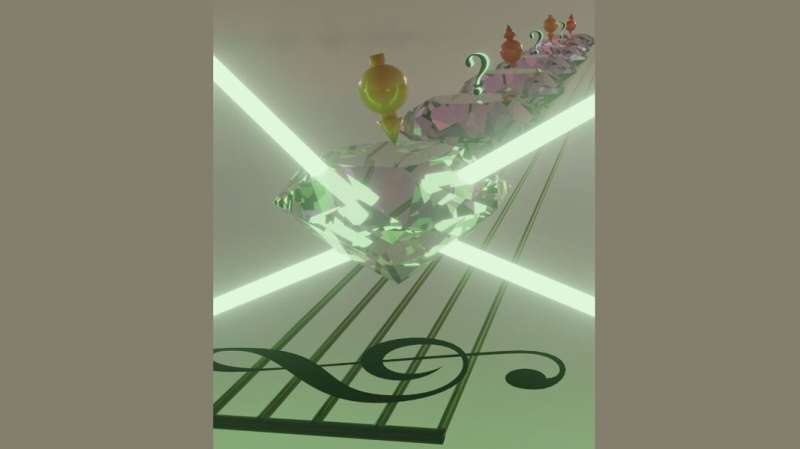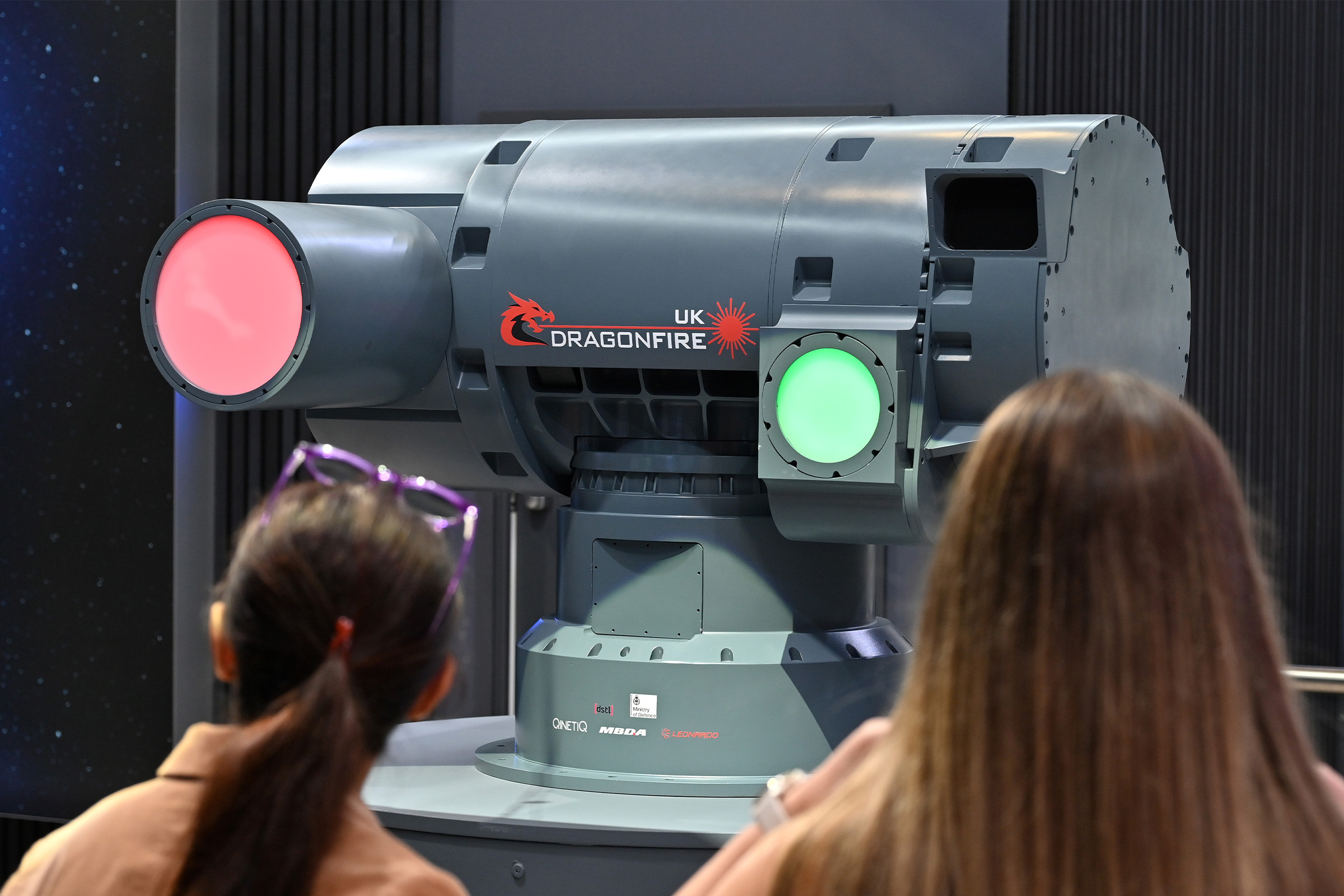A recent study reveals that the universe’s earliest galaxies were chaotic entities, characterized by turbulent gas and intense star formation. Led by astronomer Lola Dunhaive from Cambridge University, the team utilized the James Webb Space Telescope (JWST) to investigate 272 small galaxies, which emerged between 800 million and 1.5 billion years after the Big Bang. Their findings indicate that these ancient galaxies were fundamentally different from the more stable and structured galaxies we observe today.
The research team found that during their formative years, these galaxies were not the orderly disks familiar to modern observers. Instead, they exhibited chaotic behavior, with gas moving in all directions, creating turbulent eddies and shock waves. According to Sandro Tacchella, a coauthor of the study, “Early galaxies were more turbulent, less stable, and grew up through bursts of star formation.”
Insights from the James Webb Space Telescope
Using the JWST’s NIRCam instrument, Dunhaive and her colleagues examined how ionized hydrogen gas behaved within these early galaxies. The data revealed a stark contrast with present-day galaxies, which typically rotate in a smooth, orderly fashion. Instead, the galaxies studied displayed a tumultuous environment, reflecting a period of intense cosmic activity.
The research highlights the period known as Cosmic Dawn, approximately 50 million to 1 billion years after the Big Bang, when the first stars and galaxies began to form. This era was followed by Cosmic Noon, occurring between 2 billion and 3 billion years post-Big Bang, when star formation peaked. The galaxies observed by Dunhaive’s team were on the cusp of this transformative phase, experiencing a surge in star formation and contributing to the universe’s dynamic evolution.
Understanding the Messy Youth of Galaxies
The research indicates that these young galaxies were significantly affected by their environments. The density of intergalactic gas during this period was much higher than today, leading to increased turbulence as gas flowed into the galaxies. Additionally, the presence of supermassive black holes at their centers further exacerbated the chaotic conditions, as they consumed gas and emitted powerful jets of radiation.
Most of the galaxies examined were relatively small, with masses ranging from 100 million to 10 billion times that of our Sun. This smaller size magnified the impact of external factors on their stability, demonstrating that the early universe was a tumultuous playground for galactic formation.
The study also identified a few exceptions: larger early galaxies that appeared more stable than their smaller counterparts. These anomalies suggest that size may confer some resilience against the cosmic chaos typical of that era. Previous research hinted at the existence of such galaxies, but this study confirms their presence and aligns with theoretical models predicting turbulent conditions in early cosmic structures.
Dunhaive and her colleagues aim to further their understanding of these early galaxies by combining their observations of ionized gas with future studies of cold gas and dust. Tacchella emphasized the importance of this ongoing research, stating, “With more data, we’ll be able to track how these turbulent systems grew up and became the graceful spirals we see today.”
The findings, published on October 22, 2023, in the Monthly Notices of the Royal Astronomical Society, underscore the significance of the JWST in enhancing our understanding of the universe’s formative years. As astronomers continue to explore these chaotic beginnings, they are piecing together the intricate puzzle of galactic evolution, providing valuable insights into the history of our cosmos.







